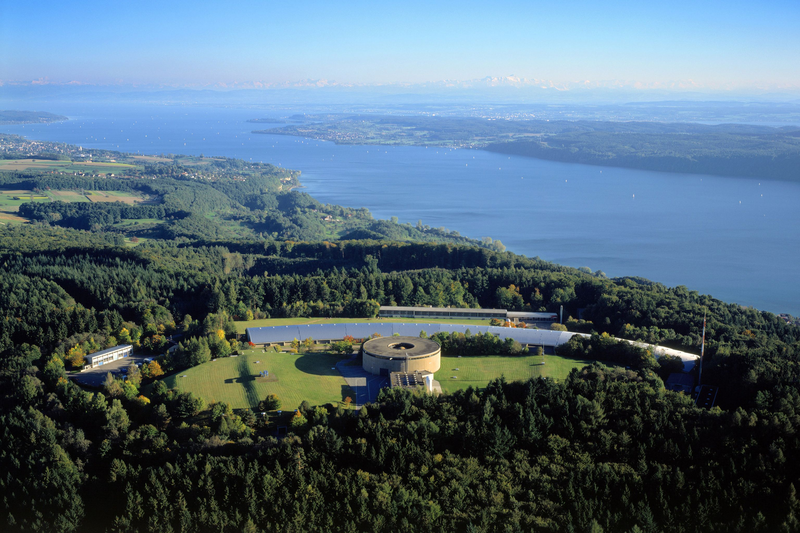

Starting on January 1, 2018, Next Kraftwerke will provide the Lake Constance Water Supply Association (Zweckverband Bodensee-Wasserversorgung) with the flexible energy tariff package “Best of 96”. The six water pumps at the Süßenmühle pumping station on the banks of Lake Constance will soon play a significant role in supplying the German energy grid with around 32 MW of flexibility by joining Next Kraftwerke’s Virtual Power Plant Next Pool. By introducing flexible operating times to the pumps – which boast a total capacity of 55 MW – and the water treatment plant 300 meters above, fluctuations on the energy market can be reduced.
Every hour, Next Kraftwerke supplies the pumps’ central control system with energy prices for the following 96 fifteen-minute intervals. This occurs automatically via a REST API. Using this M2M communication process, the Lake Constance Water Supply Association can optimize the use of its pumps and water reservoirs. It means that untreated water for around four million customers in southern Baden-Württemberg will only be pumped to the treatment plant when the energy price on the intraday or day-ahead energy market is low. This factors in operational restrictions, such as the minimum fill limits of the water reservoirs located above the lake on Sipplinger Berg, anticipated water delivery, and the maximum output at peak times for network fee optimization. After successfully delivering the optimized operational timetable, energy traders from Next Kraftwerke acquire the necessary energy on the spot market, EPEX SPOT. Finally, Next Kraftwerke calculates the energy delivered in strict fifteen-minute cycles. This is controlled by an upper price limit, known as a cap, which is set at the beginning of the contract.
11 October 2017